
How To Grow Banisteriopsis Caapi From Seed
Banisteriopsis caapi can be grown outdoors in appropriate climates, or within greenhouses and grow tents. Although it takes a while to grow, eventually, growers will have their very own supply of this mystical spirit vine.
You don’t need to travel to the rainforest and meet up with a shaman to get your hands on Banisteriopsis caapi. Also known as the “spirit vine”, you can grow this plant from seed at home. Let’s take a look at the prized Banisteriopsis caapi and how to cultivate it.
WHAT IS BANISTERIOPSIS CAAPI AND WHY GROW YOUR OWN?
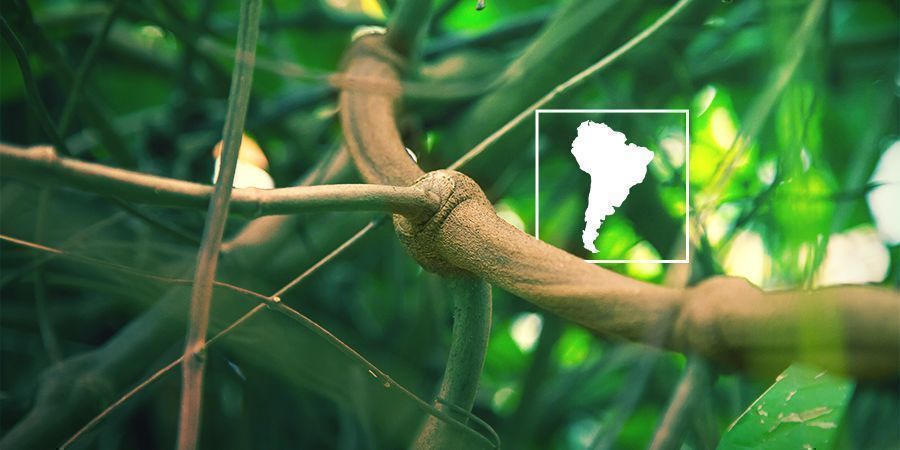
Banisteriopsis caapi is a large vine that grows in the Amazon rainforest. It is probably best known as an ingredient in an ancient ceremonial brew used amongst local indigenous peoples.
B. caapi is native to northern and western South America, and can be found growing in Brazil, Bolivia, Peru, Colombia, Ecuador, and Venezuela. The vine can grow quite long—up to 30m—and it climbs on other plants for support. Banisteriopsis caapi develops small white or pale pink flowers that most commonly bloom in January. It grows in shade or semi-shade, where it does well in moist soil with a neutral to very acidic pH.
The only drawback with growing your own Banisteriopsis caapi is that cultivating the plant, including germinating the seeds, will take some time. Otherwise, it is quite low-maintenance and can be grown successfully in all kinds of environments.
BANISTERIOPSIS CAAPI: SEEDS VS CUTTINGS
Banisteriopsis caapi can be grown from both seeds and cuttings, the latter of which can be obtained from vendors online. Cuttings can be rooted into soil, just like cannabis clones, where they will flourish into fully formed vines later on.
Growing Banisteriopsis caapi from seed may be a more satisfying process for gardeners, botanists, and collectors looking to raise the plant from its earliest form.
If you choose to start your grow from scratch, you’ll want to find a reliable source for your seeds. Zamnesia sells a variety of smart seeds, including Banisteriopsis caapi seeds—available in packs of 10 so you can increase the chance of successful germination.
GERMINATING BANISTERIOPSIS CAAPI SEEDS
Banisteriopsis caapi is known to take quite some time to cultivate, so patience is certainly a virtue when you want to introduce these specimens into your garden. The germination process, however, isn’t too lengthy. Typically, germination and sprouting are reported to take place within 3–4 weeks of sowing the seeds, although some seeds can take longer.
1. Prepare a rich, well-draining soil
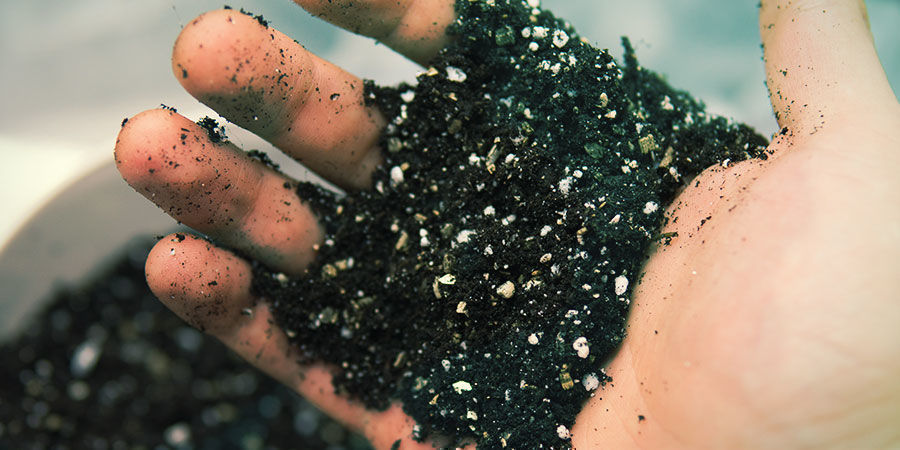
Once you’ve obtained your seeds, it’s time to formulate a soil mixture that will provide your plants with nutrients in the early stages of development. This soil needs to be well-draining; therefore, it is recommended you add 25% perlite to the mix. Perlite is a type of porous volcanic glass that can absorb water, which makes it helpful when it comes to drainage. Good drainage may reduce the risk of fungal infestations. Perlite also benefits aeration and allows water, oxygen, and organic material to be more accessible to plants.
Because Banisteriopsis caapi grows in the Amazon rainforest, it may be beneficial to use similar soil to what is found in its natural environment. Therefore, it’s wise to avoid starter mixes that are heavy in peat. Instead, opt for something richer and more nutritionally dense.
2. Ensure a warm and humid growing environment
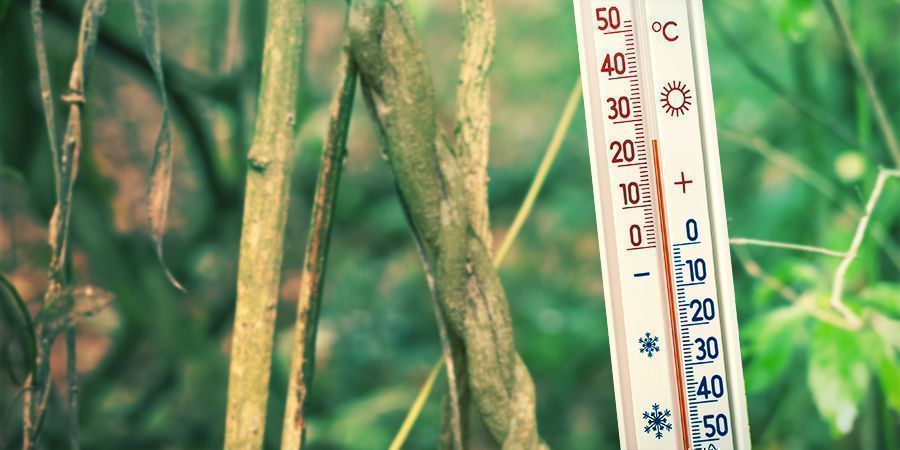
The vine is accustomed to the climate of the rainforest and prefers temperatures between 17–30°C and high humidity. Those living in tropical regions could grow it outdoors, while those elsewhere may find more success cultivating in a grow tent or greenhouse.
Banisteriopsis caapi seeds look similar to maple seeds, consisting of two adjoined seed pods with “wings”. The seed pods can be separated.
Place the pod-end into the soil, with the wing sticking out of the topsoil into the air. Even if the pods and wings are not intact, you can still germinate the seeds.
It’s recommended to keep a plastic bag or sheet over the top of your pot during germination to maintain good moisture levels. Remove the bag periodically to let in fresh air and prevent excess moisture and mould. Remove the bag any time water droplets start to form inside. Water the seeds once per day and don’t let the soil dry out. Be patient—it can take several weeks for the seeds to sprout.
TRANSPLANTING AND FURTHER PLANT CARE
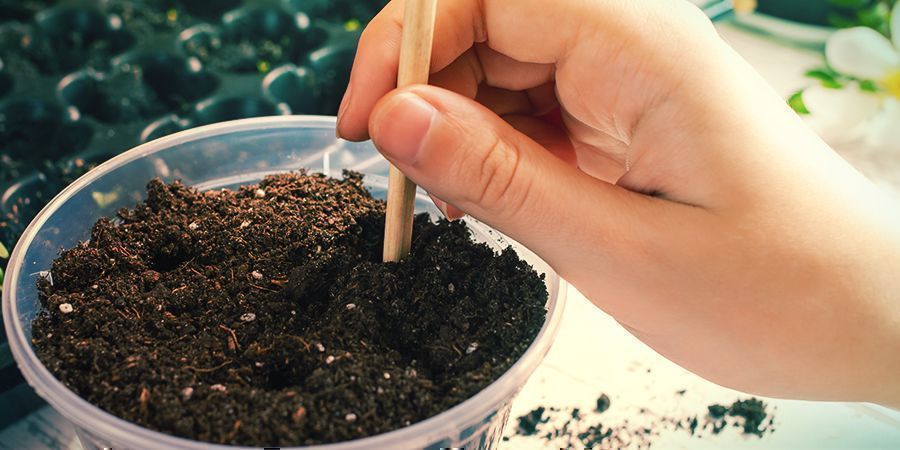
Once your seeds have sprouted, it's time to relocate them to a new home where they can grow to their full potential. Transplant the sprout into a pot with a diameter of at least 20–30cm. You can transplant to an even bigger pot if you want. This way, you can side-step needing to transplant multiple times in the future. For the first couple of days after transplanting, don't place the newly inhabitated pot in direct sunlight, and avoid midday sun in general.
Ensure plant support
Don’t forget, your spirit vine is a climber! Bury two wooden stakes (up to a metre tall) deep into the soil on either side of the small sprout. These will serve as support for the winding growth of the vine. From this container, vines will eventually grow larger, but it can take several years for plants to gain substantial size.
READY-TO-USE BANISTERIOPSIS CAAPI
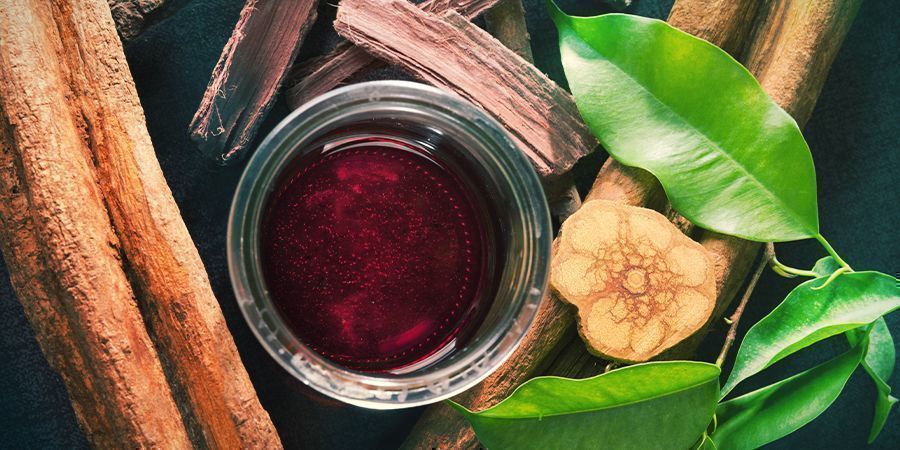
Growing your own Banisteriopsis caapi is an interesting horticultural endeavour. Some might grow just for the fun of it, while others may do it so they have a decent supply to make into tea.
The process will take some time, but if you’re getting impatient, there is something you can do about it: Purchase Banisteriopsis caapi in the Zamnesia shop, available in packs of 50g. This is a great way to enjoy Banisteriopsis caapi tea while you wait for your own supply to grow.
-
 4 min
September 19, 2023
5 Herbs To Help With Lucid Dreaming
If you are looking for a herbal aid to your lucid dreaming endeavours, we have the list for you. Below you will find a selection of traditional herbs all anecdotally thought to help dreamers reach...
4 min
September 19, 2023
5 Herbs To Help With Lucid Dreaming
If you are looking for a herbal aid to your lucid dreaming endeavours, we have the list for you. Below you will find a selection of traditional herbs all anecdotally thought to help dreamers reach...
-
 2 min
January 4, 2020
6 Exotic Herbs You’ve Never Heard Of (But Should Still Try)
Nature’s vast bounty of life forms provides a herb for every occasion. Are you looking add some spice to your sex life? Maybe you want to boost cognition before a bout of studying? Check out the...
2 min
January 4, 2020
6 Exotic Herbs You’ve Never Heard Of (But Should Still Try)
Nature’s vast bounty of life forms provides a herb for every occasion. Are you looking add some spice to your sex life? Maybe you want to boost cognition before a bout of studying? Check out the...
-
 3 min
November 11, 2017
The Best Herbs For Making Capsules At Home
Making your own capsules is an easy and satisfying way to start supplementing with herbs. Most of the herbs listed here have been researched to a reasonable degree and display a wide range of...
3 min
November 11, 2017
The Best Herbs For Making Capsules At Home
Making your own capsules is an easy and satisfying way to start supplementing with herbs. Most of the herbs listed here have been researched to a reasonable degree and display a wide range of...
-
 2 min
January 22, 2014
Top 5 Rainforest Aphrodisiacs
Natural aphrodisiacs have been used around the world for thousands of years to help kindle the fires of love for both men and women. Find out about our Top 5 Aphrodisiacs from the Amazonian...
2 min
January 22, 2014
Top 5 Rainforest Aphrodisiacs
Natural aphrodisiacs have been used around the world for thousands of years to help kindle the fires of love for both men and women. Find out about our Top 5 Aphrodisiacs from the Amazonian...











 United States
United States








